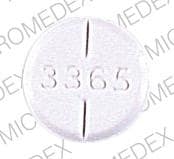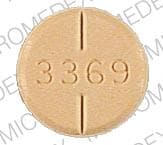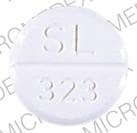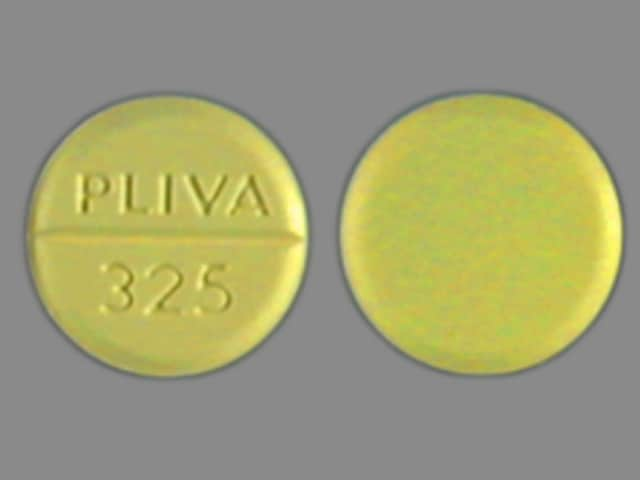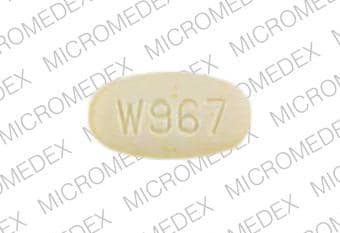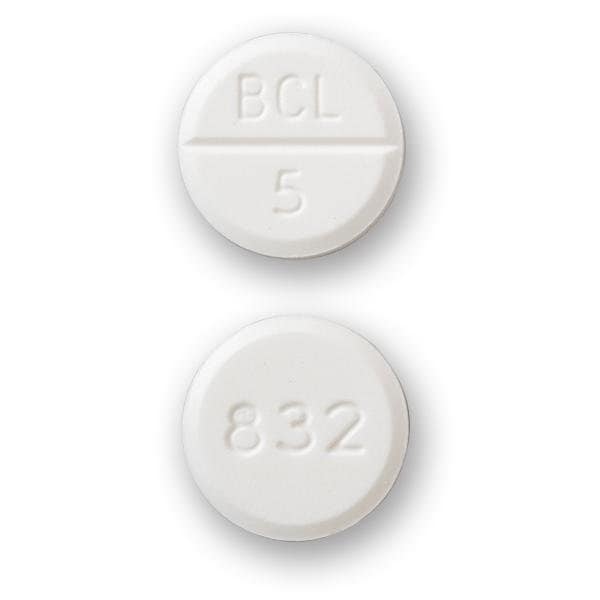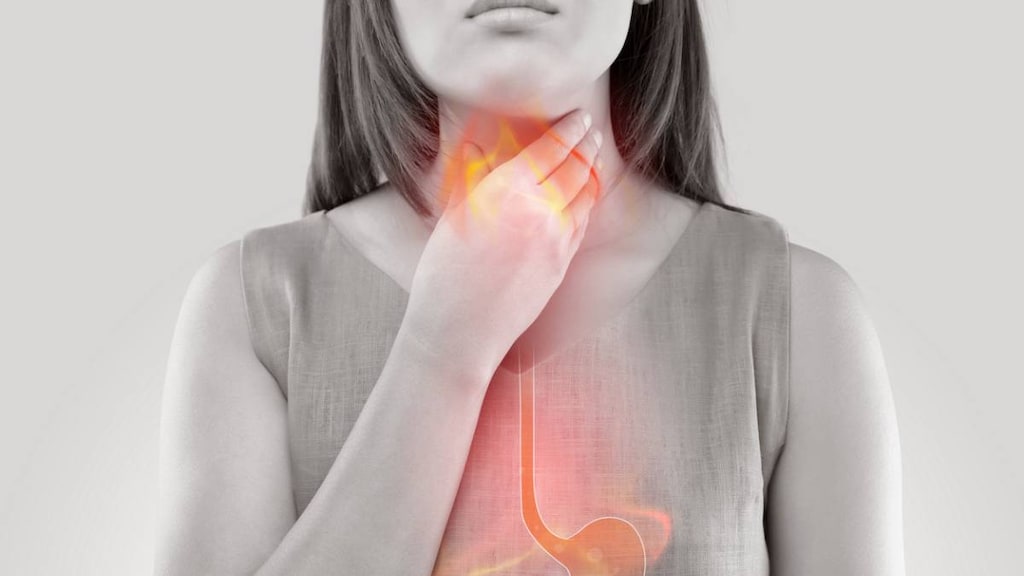Dosage Forms
Excipient information presented when available (limited, particularly for generics); consult specific product labeling. [DSC] = Discontinued product
Tablet, Oral, as chloride:
Urecholine: 5 mg [DSC], 10 mg [DSC] [scored]
Urecholine: 25 mg, 50 mg [scored; contains fd&c yellow #10 (quinoline yellow), fd&c yellow #6 (sunset yellow)]
Generic: 5 mg, 10 mg, 25 mg, 50 mg
Pharmacology
Mechanism of Action
Due to stimulation of the parasympathetic nervous system, bethanechol increases bladder muscle tone causing contractions which initiate urination. Bethanechol also stimulates gastric motility, increases gastric tone and may restore peristalsis.
Pharmacokinetics/Pharmacodynamics
Onset of Action
30 minutes; Peak effect: ~60 to 90 minutes
Duration of Action
~1 hour (with therapeutic doses); up to 6 hours with large doses (300 to 400 mg)
Use: Labeled Indications
Neurogenic bladder: Treatment of neurogenic atony of the urinary bladder with retention
Urinary retention: Treatment of acute postoperative and postpartum nonobstructive (functional) urinary retention
Contraindications
Hypersensitivity to bethanechol or any component of the formulation; hyperthyroidism, peptic ulcer disease, epilepsy, asthma, pronounced bradycardia or hypotension, vasomotor instability, coronary artery disease, or parkinsonism; mechanical obstruction of the GI or GU tract or when the strength or integrity of the GI or bladder wall is in question; when increased muscular activity of the GI tract or bladder might prove harmful (eg, following urinary bladder surgery, GI resection and anastomosis, possible GI obstruction); bladder neck obstruction, spastic GI disturbances, acute inflammatory lesions of the GI tract, peritonitis, marked vagotonia.
Dosage and Administration
Dosing: Adult
Urinary retention, neurogenic bladder: Oral: Initial (to determine minimal effective dose): 5 to 10 mg; repeat the same dose hourly until effective response or a maximum of 50 mg is reached; usual dose: 10 to 50 mg 3 to 4 times daily. Cholinergic effects at higher oral dosages may be cumulative.
Dosing: Geriatric
Refer to adult dosing.
Dosing: Pediatric
Urinary retention, nonobstructive: Limited data available: Children and Adolescents: Oral: 0.3 to 0.6 mg/kg/day in 3 to 4 divided doses; maximum dose: 10 mg/dose for children. Note: Usual adult dose is 10 to 50 mg 3 to 4 times daily (Gearhart 2010; Goldman 2012; Kliegman 2007)
Extemporaneously Prepared
5 mg/mL Oral Suspension (ASHP Standard Concentration) (ASHP 2017)
A 5 mg/mL suspension may be made with tablets and either a 1:1 mixture of Ora-Plus and Ora-Sweet or Ora-Plus and Ora-Sweet SF or 1:4 concentrated cherry syrup and simple syrup, NF mixture. Crush twelve 50 mg tablets in a mortar and reduce to a fine powder. Add small portions of chosen vehicle and mix to a uniform paste; mix while adding the vehicle in incremental proportions to almost 120 mL; transfer to a calibrated bottle, rinse mortar with vehicle, and add quantity of vehicle sufficient to make 120 mL. Label “shake well” and “refrigerate.” Stable for 60 days refrigerated (preferred) or at room temperature (Allen 1998; Nahata 2014).
Allen LV Jr, Erickson MA. Stability of bethanechol chloride, pyrazinamide, quinidine sulfate, rifampin, and tetracycline hydrochloride in extemporaneously compounded oral liquids. Am J Health Syst Pharm. 1998;55(17):1804-1809.9775343Nahata MC and Pai VB. Pediatric Drug Formulations. 6th ed. Cincinnati, OH: Harvey Whitney Books Co; 2014.
1 mg/mL Oral Suspension
A 1 mg/mL solution may be made with tablets. Crush twelve 10 mg tablets in a mortar and reduce to a fine powder. Add small portions of sterile water and mix to a uniform paste; mix while adding sterile water in incremental proportions to almost 120 mL; transfer to a calibrated bottle, rinse mortar with sterile water, and add quantity of sterile water sufficient to make 120 mL. Label “shake well” and “refrigerate”. Stable for 30 days (Schlatter 1997).
Schlatter JL, Saulnier JL. Bethanechol chloride oral solutions: stability and use in infants. Ann Pharmacother. 1997;31(3):294-296.9066934
Administration
Oral: Should be administered 1 hour before meals or 2 hours after meals (to avoid nausea and vomiting).
Storage
Store at 20°C to 25°C (68°F to 77°F).
Bethanechol Images
Drug Interactions
Acetylcholinesterase Inhibitors: May enhance the adverse/toxic effect of Cholinergic Agonists. Monitor therapy
Beta-Blockers: May enhance the adverse/toxic effect of Cholinergic Agonists. Of particular concern are the potential for cardiac conduction abnormalities and bronchoconstriction. Monitor therapy
Cimetropium: Cholinergic Agonists may diminish the anticholinergic effect of Cimetropium. Monitor therapy
Sincalide: Drugs that Affect Gallbladder Function may diminish the therapeutic effect of Sincalide. Management: Consider discontinuing drugs that may affect gallbladder motility prior to the use of sincalide to stimulate gallbladder contraction. Consider therapy modification
Adverse Reactions
Frequency not defined.
Cardiovascular: Flushing, hypotension, tachycardia
Central nervous system: Colic, headache, malaise, seizure
Dermatologic: Diaphoresis
Gastrointestinal: Abdominal cramps, borborygmi, diarrhea, eructation, nausea, salivation, vomiting
Genitourinary: Urinary urgency
Ophthalmic: Lacrimation, miosis
Respiratory: Asthma, bronchoconstriction
Warnings/Precautions
Concerns related to adverse effects:
- Reflux infection: If patient has bacteriuria, there is potential for reflux infection if the sphincter fails to relax as bethanechol contracts the bladder.
Pregnancy
Pregnancy Risk Factor
C
Pregnancy Considerations
Animal reproduction studies have not been conducted.
Patient Education
What is this drug used for?
- It is used to treat patients who are not able to pass urine the right way.
Other side effects of this drug: Talk with your doctor right away if you have any of these signs of:
- Severe dizziness
- Passing out
- Signs of a significant reaction like wheezing; chest tightness; fever; itching; bad cough; blue skin color; seizures; or swelling of face, lips, tongue, or throat.
Note: This is not a comprehensive list of all side effects. Talk to your doctor if you have questions.
Consumer Information Use and Disclaimer: This information should not be used to decide whether or not to take this medicine or any other medicine. Only the healthcare provider has the knowledge and training to decide which medicines are right for a specific patient. This information does not endorse any medicine as safe, effective, or approved for treating any patient or health condition. This is only a brief summary of general information about this medicine. It does NOT include all information about the possible uses, directions, warnings, precautions, interactions, adverse effects, or risks that may apply to this medicine. This information is not specific medical advice and does not replace information you receive from the healthcare provider. You must talk with the healthcare provider for complete information about the risks and benefits of using this medicine.
